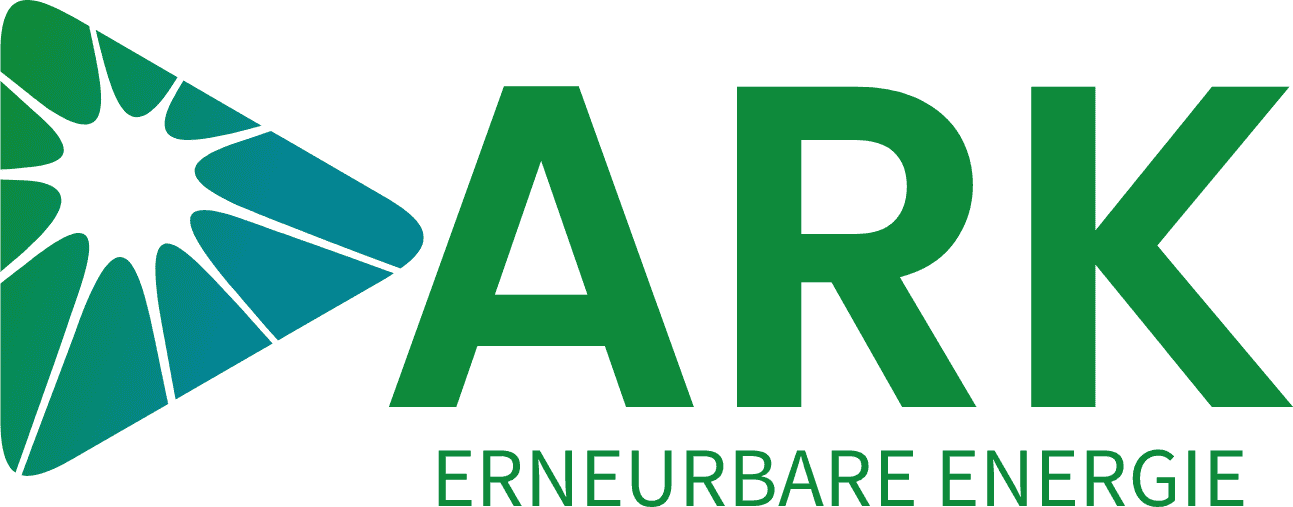Photovoltaic technology, also known as solar energy, is a crucial component of the renewable energy sector. It involves the conversion of sunlight into electricity using solar panels. As the world continues to face the challenges of climate change and the depletion of fossil fuels, the importance of renewable energy sources like photovoltaic technology becomes increasingly evident. In this article, we will explore the latest trends and future developments in photovoltaic technology, discuss its role in the future of renewable energy, and examine ways to increase its effectiveness, lower costs, and minimize its environmental impact.
Zusammenfassung
- Ich habe gelernt, dass die Photovoltaik in der Zukunft eine wichtige Rolle spielen wird.
- Die neuesten Trends in der Photovoltaik sind unter anderem die Verwendung von flexiblen Solarzellen und die Integration von Photovoltaik in Gebäude.
- In den nächsten Jahren erwarten wir eine weitere Verbesserung der Effizienz von Solarzellen und eine Zunahme der dezentralen Energieerzeugung.
- Die Photovoltaik-Technologie wird sich weiterentwickeln, indem sie immer effizienter und kostengünstiger wird.
- Erneuerbare Energien werden in der Zukunft eine immer wichtigere Rolle spielen, um den Klimawandel zu bekämpfen und die Umwelt zu schützen.
Latest Trends in Photovoltaic Technology
One of the latest advancements in photovoltaic technology is the use of bifacial solar panels. Unlike traditional solar panels that only capture sunlight from one side, bifacial solar panels can generate electricity from both sides. This increases their efficiency and allows them to capture more sunlight throughout the day. Another trend in photovoltaic technology is the use of perovskite solar cells. Perovskite is a material that can be used to create highly efficient and low-cost solar cells. Researchers are constantly working on improving the stability and durability of perovskite solar cells to make them a viable alternative to traditional silicon-based solar cells.
Future Developments in Photovoltaic Technology
The future of photovoltaic technology holds great promise. One of the key areas of development is increasing the efficiency of solar panels. Currently, most commercial solar panels have an efficiency rate of around 15-20%. However, researchers are working on developing new materials and technologies that can significantly increase this efficiency. Another area of focus is reducing the costs associated with photovoltaic technology. As more research and development is conducted, it is expected that the costs of solar panels will continue to decrease, making them more accessible to a wider range of consumers.
Role of Renewable Energy in the Future
Renewable energy, including photovoltaic technology, plays a crucial role in the future of energy production. As the world continues to face the challenges of climate change and the depletion of fossil fuels, it is becoming increasingly clear that we need to transition to more sustainable and renewable sources of energy. Photovoltaic technology offers a clean and abundant source of energy that can help reduce greenhouse gas emissions and mitigate the impacts of climate change. By investing in renewable energy sources like photovoltaic technology, we can create a more sustainable future for generations to come.
Increasing the Effectiveness of Solar Energy
While photovoltaic technology has made significant advancements in recent years, there are still ways to increase its effectiveness. One way is through the use of energy storage systems. These systems allow excess solar energy to be stored and used during times when sunlight is not available, such as at night or during cloudy days. Another way to increase the effectiveness of solar energy is through the use of smart grids. Smart grids enable better integration and management of solar energy by balancing supply and demand in real-time. By implementing these technologies, we can maximize the use of solar energy and ensure a more reliable and efficient energy system.
New Applications for Photovoltaic Technology
Photovoltaic technology is not limited to rooftop solar panels. There are many new and innovative applications for this technology that are being explored. One such application is solar-powered transportation. Solar panels can be integrated into vehicles, such as cars, buses, and even airplanes, to provide clean and renewable energy for propulsion. Another application is solar-powered agriculture. Solar panels can be used to power irrigation systems, greenhouses, and other agricultural equipment, reducing the reliance on fossil fuels and making farming more sustainable.
Lowering the Costs of Photovoltaic Technology
One of the main barriers to widespread adoption of photovoltaic technology is its high cost. However, there are several ways to lower these costs. One way is through economies of scale. As the demand for solar panels increases, the production costs decrease, making them more affordable for consumers. Another way to lower costs is through government incentives and subsidies. Many governments around the world offer financial incentives to encourage the installation of solar panels, such as tax credits and feed-in tariffs. By implementing these measures, the costs of photovoltaic technology can be significantly reduced, making it more accessible to a wider range of consumers.
Environmental Impact of Photovoltaic Technology
Photovoltaic technology is often touted as a clean and environmentally friendly source of energy. While it is true that solar energy does not produce greenhouse gas emissions during operation, there are still environmental considerations to take into account. The production and disposal of solar panels can have an impact on the environment. However, compared to other forms of energy production, such as coal or natural gas, the environmental impact of photovoltaic technology is significantly lower. Additionally, advancements in recycling technologies are making it possible to recycle solar panels and reduce their environmental footprint.
Making the Use of Solar Energy More Sustainable
To make the use of solar energy more sustainable, it is important to consider the entire life cycle of photovoltaic technology. This includes reducing the carbon footprint of production, improving recycling processes, and minimizing waste. Manufacturers can reduce their carbon footprint by using renewable energy sources in the production process and implementing energy-efficient manufacturing techniques. Additionally, efforts should be made to improve the recycling infrastructure for solar panels and develop more efficient recycling technologies. By taking these steps, we can ensure that the use of solar energy remains sustainable and environmentally friendly.
In conclusion, photovoltaic technology plays a crucial role in the future of renewable energy. With advancements in technology and ongoing research and development, we can expect to see increased efficiency and lower costs in photovoltaic technology. By increasing the effectiveness of solar energy, exploring new applications, and lowering costs, we can accelerate the transition to a more sustainable energy system. It is important to recognize the environmental impact of photovoltaic technology and take steps to minimize it through recycling and reducing the carbon footprint of production. By embracing photovoltaic technology, we can create a more sustainable future for ourselves and future generations.
Hey du! Wenn du mehr über die neuesten Trends in der Photovoltaik erfahren möchtest, solltest du unbedingt einen Blick auf den Artikel “Photovoltaik-Trends: Was erwartet uns in den nächsten Jahren?” werfen. Aber das ist nicht alles! Auf der Website von ARK Solar findest du auch viele weitere interessante Artikel und Informationen rund um Solarenergie. Schau doch mal vorbei unter https://ark-solar.de/. Dort findest du auch spannende Beiträge wie “Portable Power Station: Die Zukunft der mobilen Energieversorgung” und vieles mehr. Lass dich inspirieren und entdecke die Möglichkeiten der Solarenergie!
FAQs
Was ist Photovoltaik?
Photovoltaik ist die Umwandlung von Sonnenlicht in elektrische Energie durch Solarzellen. Diese Technologie wird zur Erzeugung von Strom aus erneuerbaren Energiequellen eingesetzt.
Welche Trends gibt es in der Photovoltaik?
In den nächsten Jahren wird die Photovoltaik-Technologie weiterhin wachsen und sich verbessern. Es wird erwartet, dass die Kosten für Solarmodule weiter sinken und die Effizienz der Solarzellen steigen wird. Auch die Integration von Photovoltaik in Gebäude und Infrastruktur wird zunehmen.
Wie wird die Photovoltaik in Zukunft genutzt werden?
Die Photovoltaik wird in Zukunft eine wichtige Rolle bei der Erzeugung von erneuerbarer Energie spielen. Es wird erwartet, dass sie in vielen Bereichen eingesetzt wird, wie zum Beispiel in der Stromversorgung von Gebäuden, in der Landwirtschaft und in der Mobilität.
Welche Vorteile hat die Photovoltaik?
Die Photovoltaik hat viele Vorteile, wie zum Beispiel die Nutzung einer erneuerbaren Energiequelle, die Reduzierung von CO2-Emissionen und die Unabhängigkeit von fossilen Brennstoffen. Außerdem können Solaranlagen auf Dächern und Fassaden installiert werden, was Platz spart und die Ästhetik von Gebäuden verbessert.
Wie kann ich von der Photovoltaik profitieren?
Du kannst von der Photovoltaik profitieren, indem du eine Solaranlage auf deinem Dach installierst. Dadurch kannst du deinen eigenen Strom erzeugen und unabhängiger von Stromversorgern werden. Außerdem kannst du durch die Einspeisung von überschüssigem Strom ins Netz Geld verdienen.

